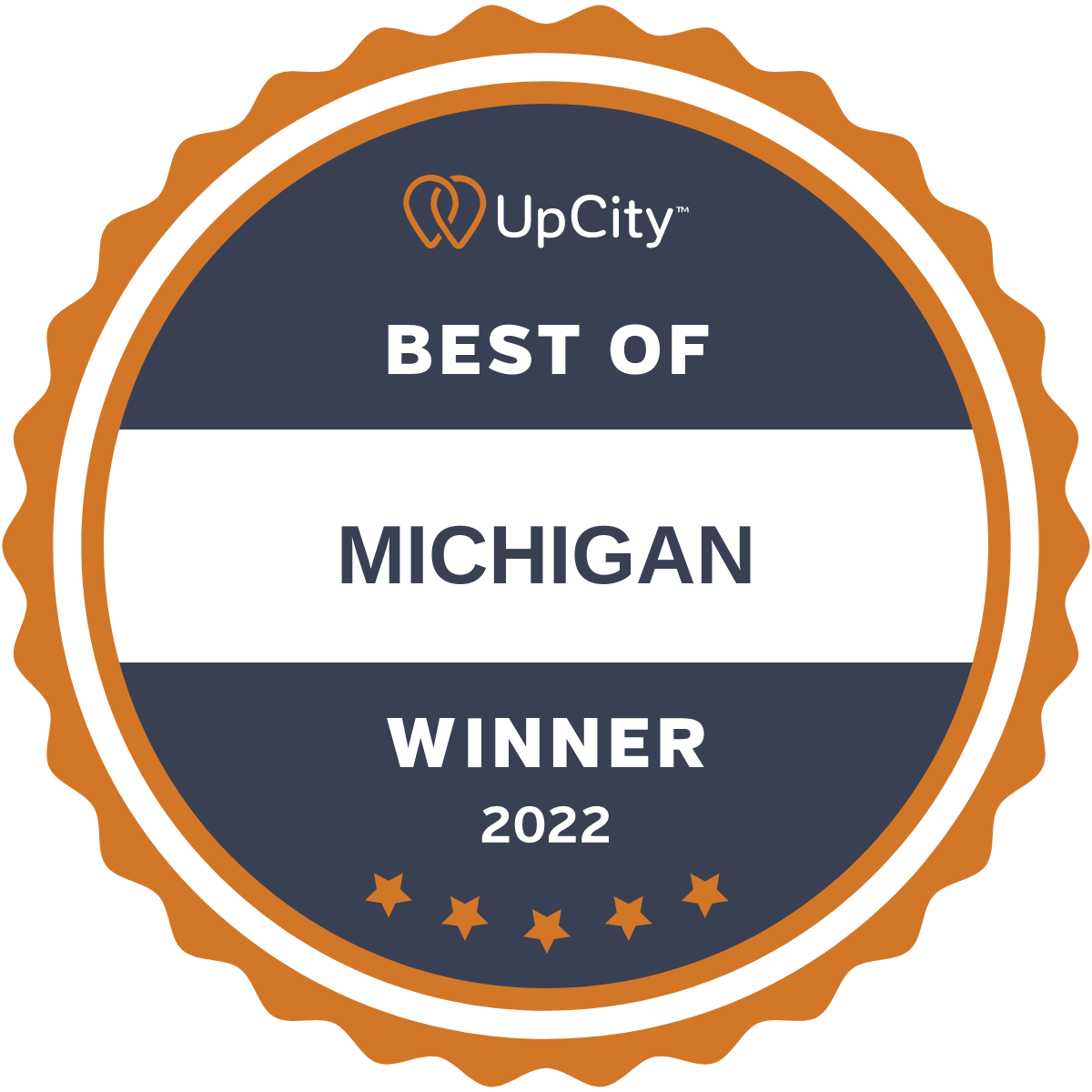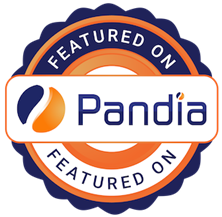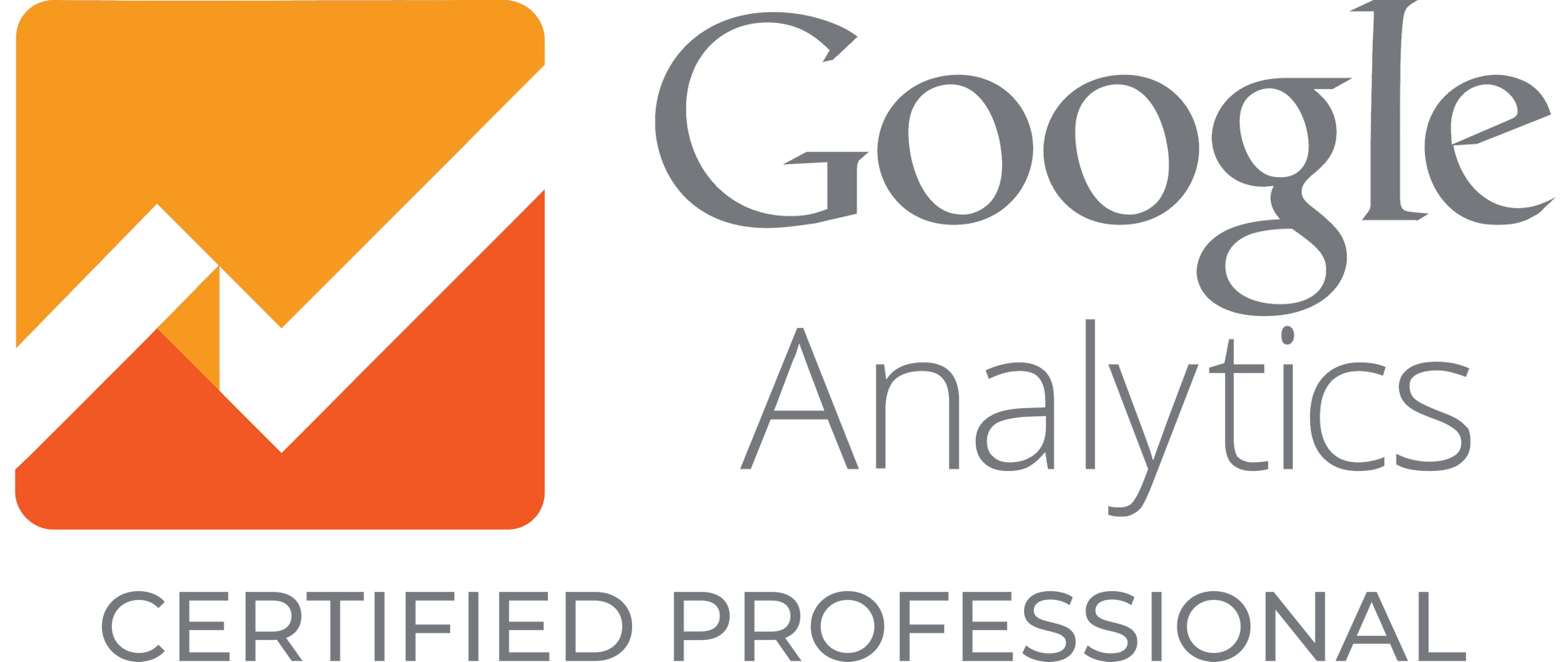A Guide for Small Businesses to Profit from Strong Content
For small and medium-sized businesses (SMBs), creating and optimizing online content can be transformative, especially for establishing a strong online presence and competing against larger companies.
With the right strategy, content can attract new customers, enhance brand visibility, and position your business as a trusted authority in your industry.
This guide will cover the essential aspects of content creation and optimization, providing actionable tips to help your SMB grow, engage with your audience, and succeed in the face of mounting competition.
📲 Do you need help with your website’s content creation efforts? Schedule a Call with Speck Designs. 📞

1. It’s Time for Serious Content Creation
The foundation of an effective content marketing strategy andsearch engine optimization is writing high-quality content that offers genuine value. Both content creation and content marketing require an in-depth understanding of your audience’s needs, challenges, and preferences.
- Researching Your Audience
Understanding your audience is crucial for creating content that resonates. Audience research helps you learn about the demographics, behaviors, interests, and preferences of those most likely to engage with your brand. Knowing your audience’s pain points and common questions can guide your content creation, enabling you to provide actionable solutions tailored to their needs. - Researching Your Keywords
Keyword research is essential for boosting the visibility of your content in search engines. Start by identifying relevant keywords and phrases your target audience uses when searching online.
There are several tools available—like Google Keyword Planner, Ahrefs, and SEMrush—that can help you discover keywords related to your business and industry. Incorporating these keywords naturally throughout your content will make it more likely to appear in search engine results, helping potential customers find your website. - Write Compelling Headlines
A powerful headline is your first impression on the reader, and it’s crucial for grabbing attention in crowded newsfeeds or search results. Effective headlines are clear, specific, and promise a tangible benefit.
Phrasing your headline as a question, adding numbers or lists (e.g., "5 Tips for…"), or framing it as a solution to a common problem can increase its appeal. Testing different headline variations on social media can help you learn which ones resonate best with your audience. - Focus on Making Engaging Content
An engaging, well-structured piece of online content encourages readers to stay on the page and absorb your message. To make your content engaging, use a conversational tone, incorporate storytelling techniques, and include visuals such as images, infographics, or videos. Breaking up text with subheadings, bullet points, and short paragraphs makes it easier to read, and interactive elements like polls or quizzes can further capture attention. The longer readers stay engaged, the more likely they are to build a connection with your brand. - Make Clear CTAs
Every piece of content should have a clear, concise call to action. A CTA guides the reader on what to do next, whether that’s subscribing to a newsletter, booking a service, or sharing on social media. A well-placed CTA not only drives engagement but can also lead to measurable conversions and strengthen your customer relationships.
2. Content Length and Readability
The length and readability of your content can significantly impact its performance and reader engagement. While there is no one-size-fits-all answer for content length, certain best practices apply.
- Blog Posts
For blog posts, the ideal length varies depending on the topic and the type of audience. Long-form content (1,000-1,500 words) tends to perform well in search engines and allows you to dig deeper into a topic, offering substantial value to the reader.
Shorter posts (500-700 words) are well-suited for quick tips, news updates, or easily digestible content. Balance longer, detailed posts with shorter, to-the-point articles for a content mix that appeals to various reader preferences. - Web Pages
For web pages, aim to keep the content focused, with only essential information. Use headings, subheadings, and bullet points to improve readability and make it easier for visitors to find the information they need quickly. A web page’s goal is often to drive specific actions (like making a purchase), so prioritize clarity and conciseness over length. - Readability
Content that is accessible and easy to read can attract a wider audience. Avoid jargon and overly complex language; instead, aim for a straightforward, conversational style with shorter sentences and paragraphs. Tools like the Hemingway App or Grammarly can assist in simplifying your language and improving readability.

3. Repurposing Content
Content repurposing allows you to maximize the value of your content without the need to create new material from scratch constantly. Repurposing helps extend the lifespan of your content and reach different segments of your audience.
- Social Media Snippets
Break down blog posts or long-form articles into bite-sized social media snippets. These snippets can include key takeaways, tips, or quotes, which can capture the attention of users scrolling through their feeds. By linking back to the full article, you can drive traffic to your website and keep your social channels active. - Infographics
Complex or data-heavy content can be transformed into infographics that simplify the information and make it visually engaging. Infographics are highly shareable on social media, which can increase your brand’s visibility and engagement. - Videos
Video is one of the most popular content formats today. By converting written content into video summaries or visual stories, you can reach audiences who prefer video over text. Video platforms like YouTube, Instagram, and TikTok provide excellent opportunities for repurposing content and expanding your reach. - Webinars and Slideshows
Longer blog posts or detailed guides can be transformed into webinars or slideshow presentations. These formats offer interactive engagement opportunities, enabling you to build stronger connections with your audience and encourage feedback.
4. Updating and Refreshing Existing Content
Updating and refreshing existing content is essential for maintaining relevance and improving SEO performance. Search engines tend to favor fresh content, so revisiting old articles can help improve their rankings.
- Content Audit
Conduct a content audit periodically to assess your existing content library. Identify outdated or underperforming pieces that could benefit from updates or adjustments. If a piece no longer aligns with your current brand message, consider updating it or repurposing it into a new format. - Keyword Optimization
As trends change, so do popular keywords. Update the keywords in your content to align with recent search trends. By ensuring your content uses current keywords, you can keep it optimized for search engines and increase the chances of it being discovered. - Adding Fresh Insights
Enrich older content with new insights, data, or examples. By providing updated information and perspectives, you can improve the value and relevance of your content for readers and search engines alike. Regularly updated content reflects a commitment to quality and accuracy, enhancing your reputation with both users and search engines. - Visual Updates
Revamp visuals, such as images, graphics, and videos, to improve your content’s appeal. High-quality visuals improve the user experience and increase engagement. Additionally, visual updates can make your content more accessible to a broader audience, including those who prefer visual content over text.
Small businesses can build an effective content marketing framework that attracts, engages, and converts customers. With patience and persistence, high-quality content can become a powerful asset in establishing your brand’s online presence and driving growth.









